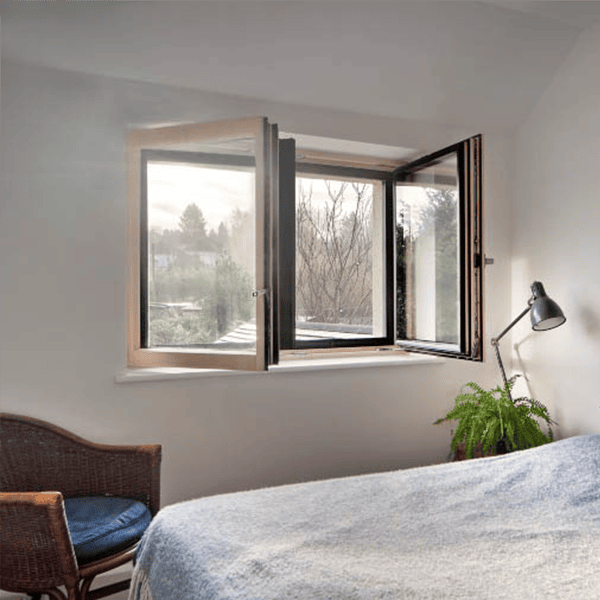What can I do about cold areas in my home?
As the wet and windy weather we thought it the perfect time to look back at another of our blog posts as part of our 15 year celebrations – ‘what can I do about cold areas in my home?’
Do you have an area of your home that is too cold to use in the way that you would like? Often this can also be an area with condensation and mould growth and can quickly become an unused, unhabitable space.
As Architects who specialise in environmentally friendly, warm and comfortable homes, we often have clients come to us with cold and draughty buildings. By making some carefully considered changes, they become warm, cosy and healthy spaces, that can be used without having to resort to woolly hats and jumpers!
We firstly look at the building physics. Heat wants to move towards cold areas – so if its cold outside the heat will want to escape. Heat is lost in a number of ways, and can be explained with a teapot analogy…
- Efficient shape – heat is lost through the outside surface, – the bigger the area the bigger the heat loss – so a round tea pot is more efficient than a square.
- No draughts – leave the lid off your tea pot and the heat will quickly escape, this is one of the biggest areas of heat loss in a building. Have you noticed your house is coldest on a windy day rather than the coldest day?
- Cold bridges – metal and other highly heat conductive materials can bypass any insulation and form a quick way for heat to escape. A spoon in a cup of tea for example.
- Putting a tea cosy on your pot keeps it warm, so does adding insulation (with no gaps of course).
You do need to be very careful to avoid interstitial condensation – this is condensation within your structure. Moisture in the air will condense and turn into water at about 12° C – depending on humidity, so a higher temperature in the bathroom. This isn’t something you want happening in the middle of your wall, particularly at wooden joists and frames that are at risk of rot. For this reason, you are limited to the amount of insulation you can add internally.
Top tips:
- Add insulation externally if possible.
- Ensue a continuous air barrier on the inside of the insulation to stop moist air getting into the walls and causing draughts.
- Ensure the insulation is continuous and tight fitting.
- If adding insulation internally, return the insulation into the reveal onto the window frame, otherwise the heat will bypass the insulation.
- When upgrading windows go for triple glazing – the body can detect 4° C difference in air temperature and surface temperature. With good triple glazing the temperature difference is less than 4° even on the coldest days (freeing you to put your radiators elsewhere).
- Consider using breathable natural materials that allow air and moisture to move in and out of the walls.
- You can reduce the area of heat loss by removing a recessed front door, or projecting window.
- Keep any metal fixings through the insulation to a minimum.
Advancements in single directional membranes such a Siga Majrex have made a big difference in how we can insulate homes. This allows higher levels of insultation to be used internally before risking condensation. The Siga Majrex allows the moisture to move in one direction only, allowing any moisture in the wall to dry out but not go back in from the inside of the house.



